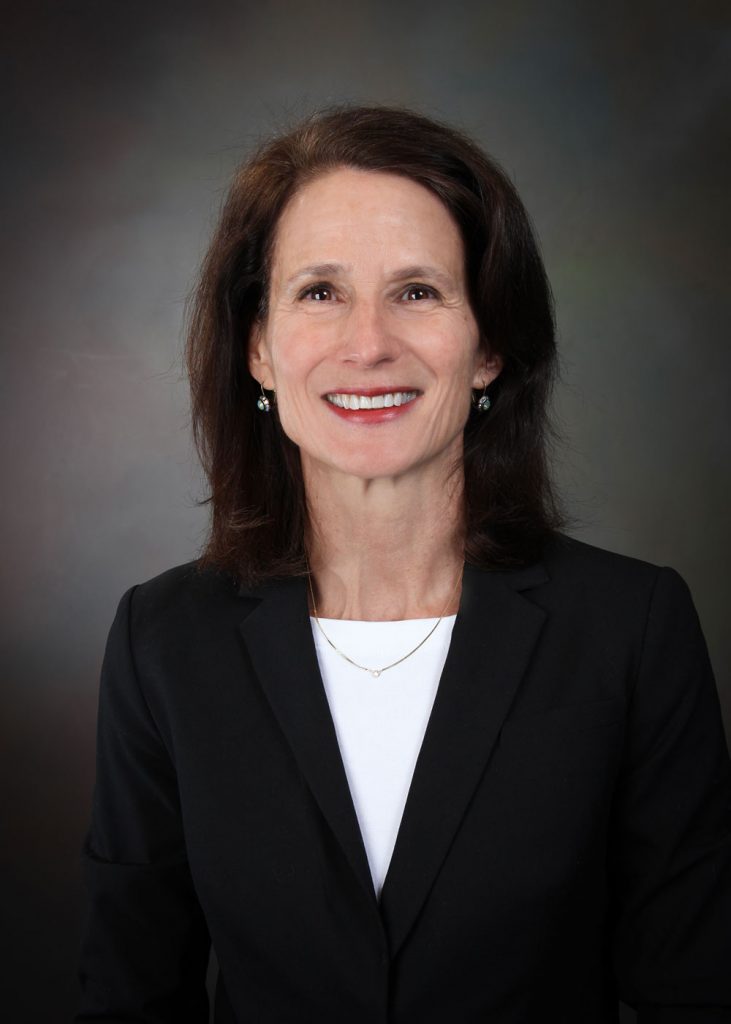
Favorable circumstances in her youth combined with her own intelligence and drive has enabled Sandia Fellow Tina Nenoff to contribute to an exceptionally wide range of materials science.
As of January, she had published 185 peer-reviewed articles and four book chapters, been awarded 17 U.S. patents and made more than 100 presentations at national and international conferences.
“Both my parents were proponents of science,” she said. Her mother, Lydia, was a biologist and her father, Vladimir, was a medical doctor. “Also, my great aunt Dr. Maria Pamukoff, a pediatrician, was a dynamic go-getter ahead of her time. She constantly encouraged me throughout my life to go after anything and everything. This was amazing mentoring in the ‘70s and ‘80s for a girl, young woman.
“I also went to an all-girls high school where my chemistry teacher Mrs. Tomkufsic was both a great teacher and a wonderful mentor. She really guided my interest in the field.”
These early mentors may have formed a touchstone that allowed her to choose well later in life, Tina agreed.
At the University of Pennsylvania, she studied chemistry as an undergraduate. “I was strongly encouraged by the program to join a research group to gain experience and to strengthen my experience for work post-degree. I spoke to a number of research professors and very much liked Dr. (Alan) MacDiarmid’s enthusiasm and multidisciplinary group. He had not yet been awarded the Nobel and would not be for a few years, but everyone could feel the energy and excitement of the work that was ongoing in his labs. That was enthralling to me.”
Among the many examples of her own research, her investigation of the properties of crystalline silico-titanates with Sandian James Krumhansl led to the cleansing of an estimated 40 million gallons of radioactive waters at Japan’s Fukushima Daiichi nuclear power plant, after its reactors and buildings were damaged when an earthquake caused a tsunami in 2011.
Tina’s resourcefulness as an experimentalist made her a welcomed addition to the Sandia Red Team. Its yearly report to Director James Peery supports his signing of the annual assessment certifying the state of the nuclear stockpile.
Recognition of the value of her technical counsel underlay her recent selection as deputy and science advisor to NNSA Administrator and DOE Under Secretary for Nuclear Security Jill Hruby, a former director at Sandia. The two-year post starts in March.
Will this most recent appointment be the end, or even crimp, the new fellow’s startlingly productive research career, which now includes her mentoring of other researchers?
“I hope to keep my research going at Sandia through discussions with my amazing co-principal investigators and postdocs,” Tina said. “I still get jazzed by solving the puzzles of the data, and I love the excitement of pulling together a multidisciplinary team that explores and discovers new aspects of materials and applications.”